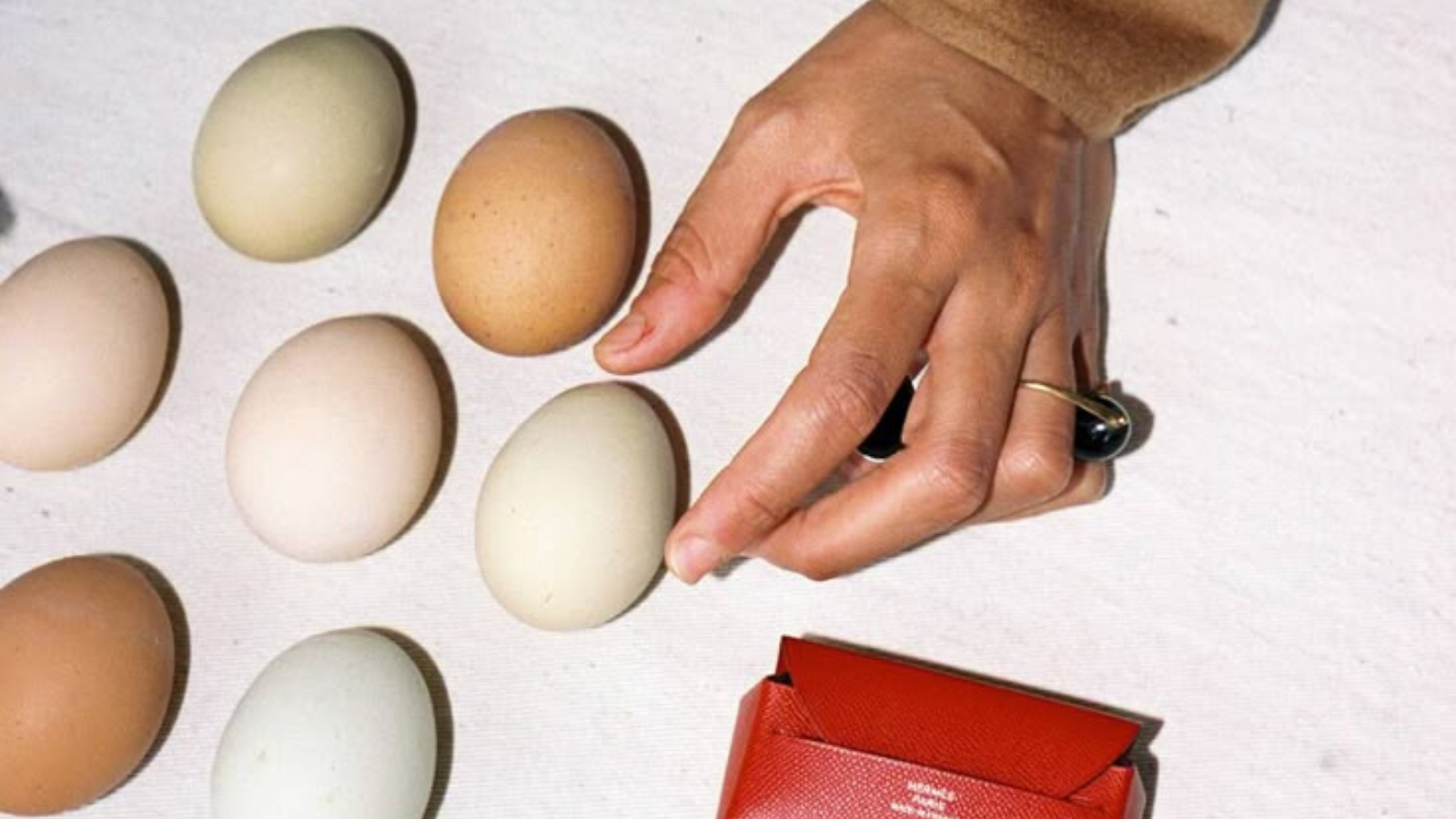Filling in the Cracks: How to Get Enough Protein if You can’t Afford Eggs

Eggs are the “Gold standard of protein in nutrition,” according to Nutritionist Sierra Day. But with egg prices not cracking anytime soon, we explore alternate ways to get enough protein in your diet.
Eggs, like meat, are “complete proteins”, meaning that they include all nine of the amino acids, the building blocks in protein, that our bodies need. “Lean animal meats like chicken breast, if affordable, are a great source of complete protein,” Day tells us.
But the most economical protein sources are plant-based proteins like tofu, beans, legumes, nuts, and seeds. “Tofu is a very affordable complete protein,” Day says.
Beans and legumes are “complementary proteins”, meaning you need to combine them with a different food, often a whole grain, to complete the nutrient profile and get all nine essential amino acids.
Dairy is another great option – cheeses and yogurt, especially Greek yogurt, are high in protein and fat. But Day advises eating these in moderation, as dairy products can increase inflammation.
Another benefit of turning to alternative proteins like lentils, beans, nuts, or a grain like quinoa is their high fiber content. Day says this is really important since, “Most people in Canada and the U.S. aren’t getting enough fiber in their diet. Getting enough fiber helps reduce the risk of heart disease and keeps the digestive tract healthy.”
Day recommends a few powerful combos to get enough complete protein in your diet:
- Hummus and Pita – it’s a classic for a reason!
- Beans with rice or tortilla
- Quinoa salad with feta
- Lentil soup with a whole grain piece of toast
Whole grains – like whole grain bread, brown rice, or corn tortillas all contain some protein. When mixed with nuts and legumes, they help create a complete protein profile – nutritious, delicious, and, until egg prices drop, an affordable way to get the protein you need.












